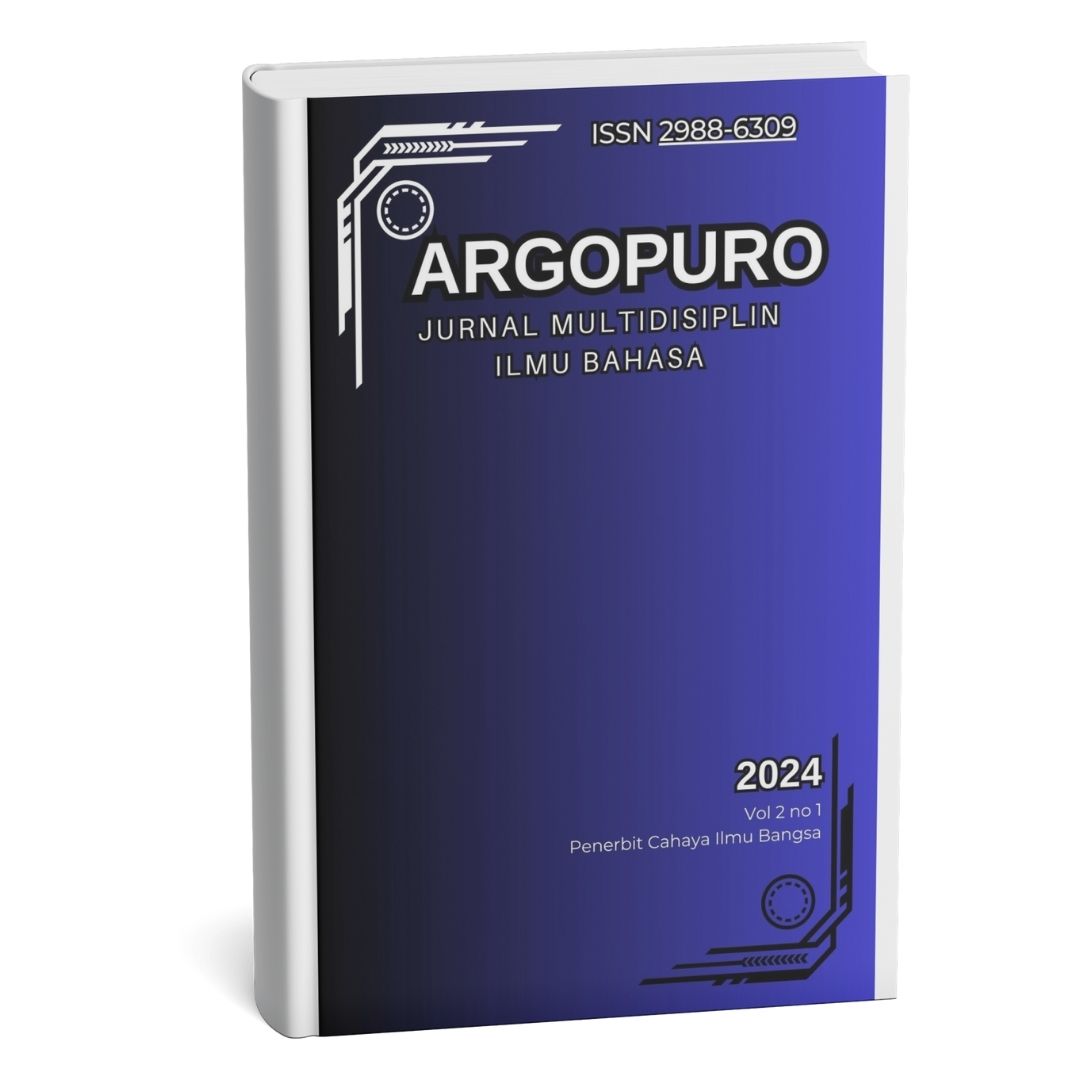HOW CULTURE SHAPES STRUGGLE IN POETRY: A COMPARISON OF SUDARTO BACHTIAR’S “MALAM LAUT” AND HAMLIN GARLAND’S “DO YOU FEAR THE WIND”
Main Article Content
Abstract
This article compares two poems from different cultures to show how culture affects the way poets talk about struggle. Malam Laut by Indonesian poet Sudarto Bachtiar uses quiet, symbolic language to express feelings of confusion, loneliness, and identity after Indonesia became independent. The sea in the poem represents deep emotions and uncertainty. In contrast, Do You Fear the Wind? American poet Hamlin Garland uses strong, direct words to encourage people to be brave and face life’s problems without fear. The wind in the poem stands for life’s challenges that must be faced with strength. By looking at the themes, tone, symbols, and cultural background in both poems, this study shows that even though the poets come from different places, they both use nature to show human emotions. This proves that poetry from different cultures can share similar feelings and messages about life.
